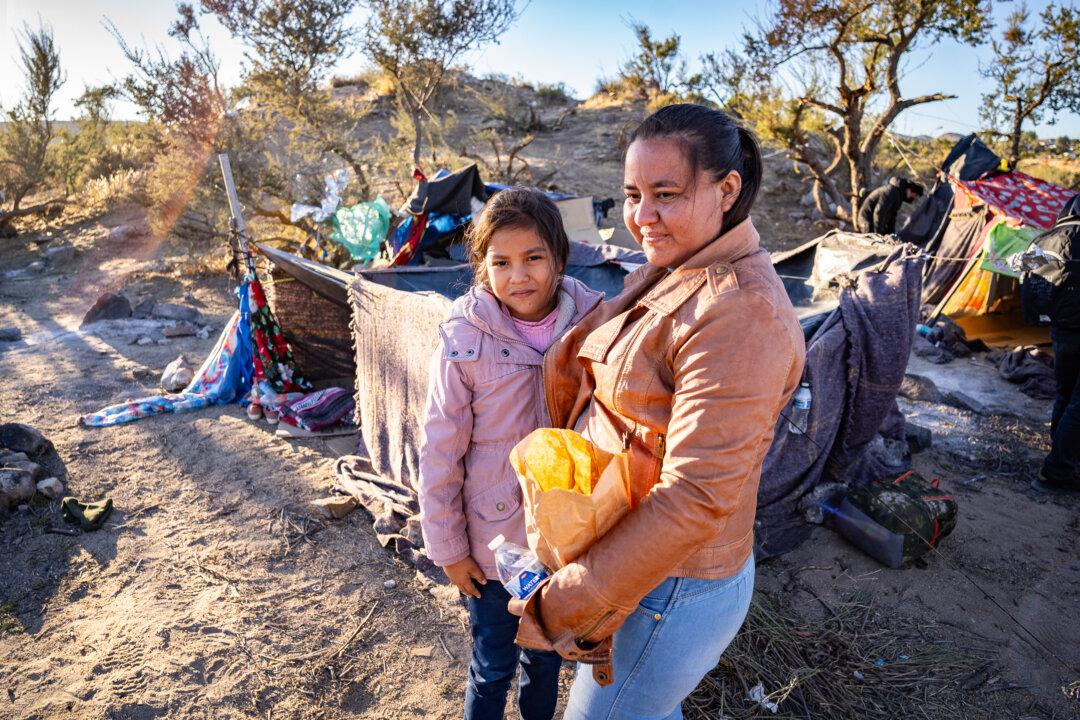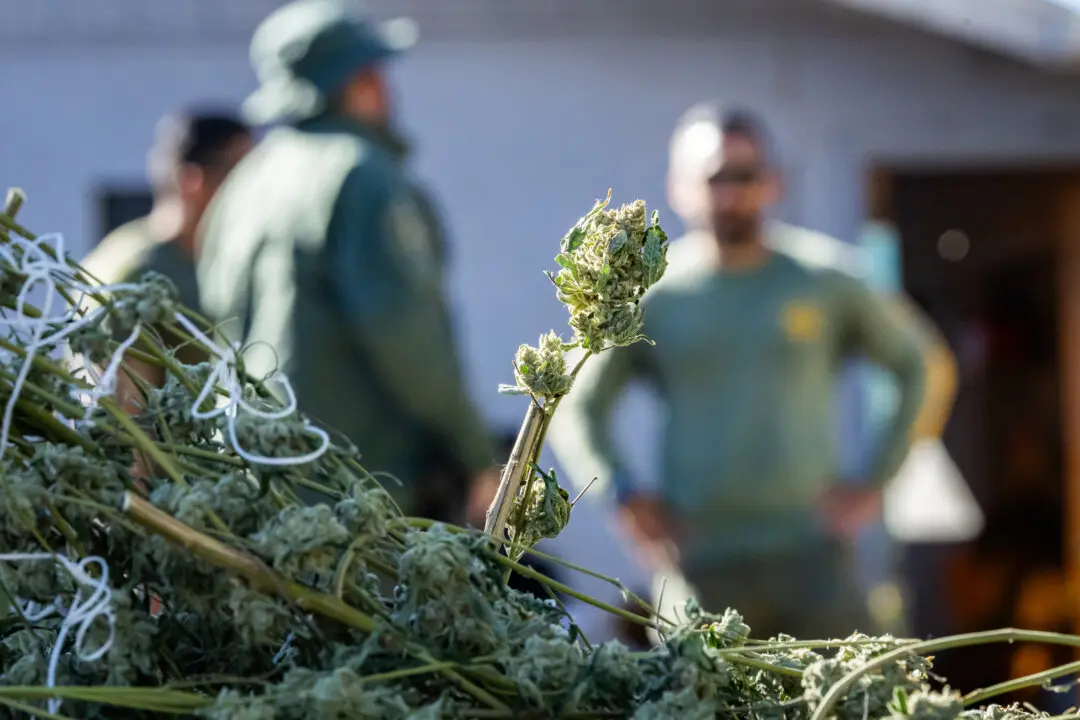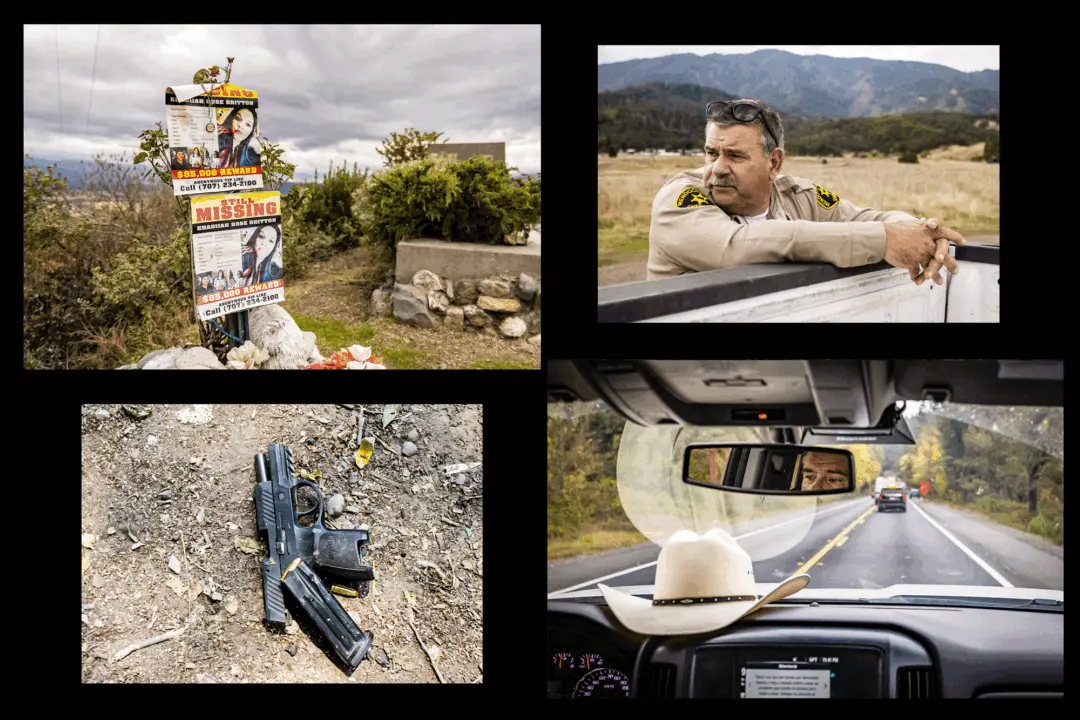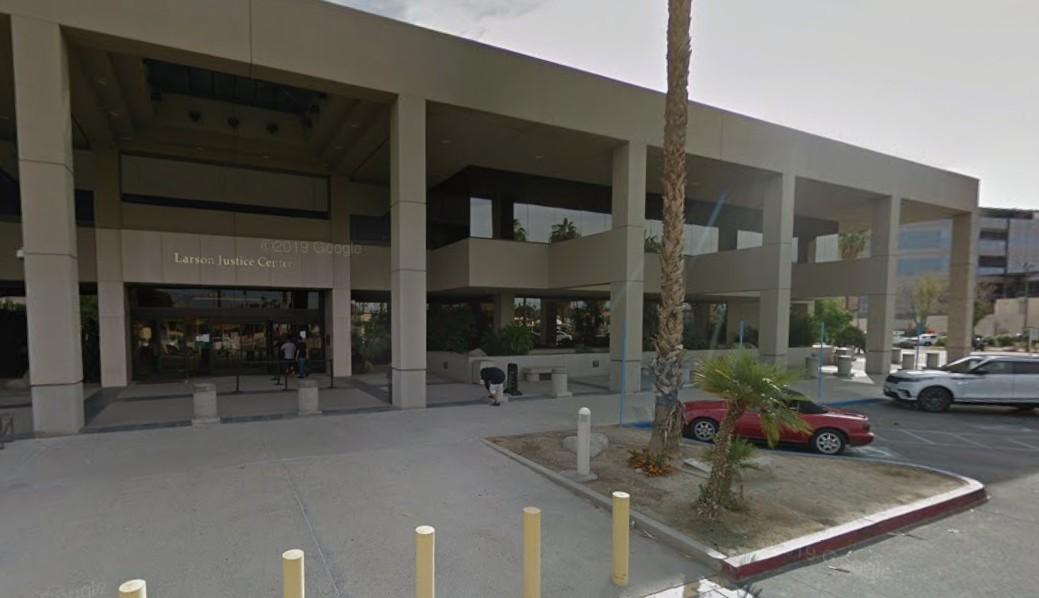JACUMBA HOT SPRINGS, Calif.—Near sunset just outside a small town about 70 miles east of San Diego, the distant rumble of a dirt bike and an all-terrain vehicle breaks the faint sound of chatter among illegal immigrants and the wind on the American side of the U.S.-Mexico border.
Through narrow slats in the 30-foot-tall steel wall, the migrants in a wind-blown, dusty encampment along the border watch as two masked men—human smugglers known as “coyotes” working for Mexican cartels—drop off their cargo: a woman from Guatemala, her 10-year-old daughter, and a middle-aged Asian man.






